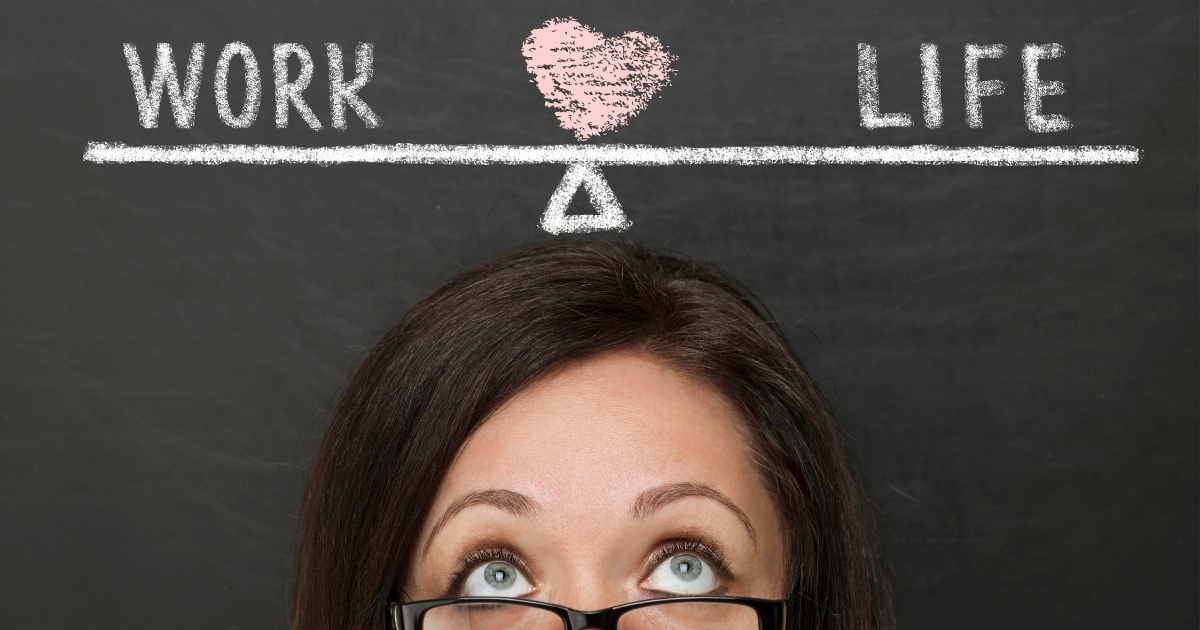
Have Manners Gone Out The Window? Why People Are Becoming More Casual
Have you noticed that heartfelt thank-yous or even the courtesy of holding a door open seems to be disappearing? In today’s fast-paced world, modern etiquette is evolving rapidly, reshaping how we interact in personal relationships. For those seeking meaningful connections, this new social landscape can feel unpredictable as casual behavior replaces traditional manners. Whether you’re navigating the dating scene or strengthening a long-term relationship, understanding these social changes is more crucial than ever for building respectful and rewarding connections.
As daily interactions shift to a more relaxed and informal vibe, it’s no wonder some people question, “Have manners gone out the window?” Many find themselves uncertain about which social cues continue to matter and which have been replaced by emerging etiquette norms. With technology woven into the fabric of our lives and cultural attitudes constantly shifting, the age-old rulebook on politeness no longer holds in the same way. Let’s delve into how and why etiquette is changing, its implications for your relationships, and how you can navigate these evolving norms with confidence and empathy.
The Evolution of Modern Etiquette
Modern etiquette has shifted from rigid traditions towards a more flexible, adaptable code of conduct. The forces of technology, globalization, and evolving cultural values have significantly influenced this transformation. In earlier times, etiquette was characterized by strict formality — meticulous introductions, handwritten notes, and adherence to social hierarchies. Today, society values authenticity, directness, and genuine kindness over inflexible protocols.
In several key ways, social norms have evolved:
- Communication Styles: Interactions now occur as frequently on digital screens as they do face-to-face, with messages becoming shorter and greetings more casual.
- Cultural Diversity: Increased exposure to diverse customs through travel and media has led to a blend of etiquette practices, emphasizing flexibility and open-mindedness.
- Focus on Individuality: There is greater acceptance of diverse personalities and expressions, with traditional standards often yielding to the unique needs of different social groups.
While some may yearn for the certainty that strict manners provided, the current landscape encourages more genuine connections. Instead of adhering to a lengthy list of dos and don’ts, people are engaging in activities that naturally demonstrate respect and empathy.
The impact of this shift is profound, influencing how relationships are formed and sustained. The question becomes: how do these modern etiquette trends affect your daily interactions? This inquiry leads us to explore the relatability of the relaxed approach observed in today’s social interactions.
Casual Behavior in Personal Relationships
From texts devoid of punctuation to immediate first-name greetings, the effects of casual behavior in society permeate everyday life. This informality often offers comfort and eases anxiety but can also lead to confusion or disappointment, particularly for those accustomed to clearer social guidelines.
Commonplace casual social behaviors include:
- Waving instead of offering a handshake when greeting someone.
- Embracing last-minute plans and flexible schedules without notice.
- Relying on emojis or brief replies in meaningful conversations.
- Omitting small courtesies, like saying “please” and “thank you.”
Several factors contribute to the decline of manners in relationships:
- Speed of Communication: Quick messages sometimes replace thoughtful language in our fast-paced world.
- Digital Distraction: Divided attention between devices and in-person interactions often compromises face-to-face politeness.
- Changing Social Priorities: The preference for authenticity and approachability often overshadows the desire for polish and restraint.
While these trends can facilitate genuine connections, they can also lead to misunderstandings and overlooked courtesies. Recognizing these patterns is the first step to navigating them effectively.
Balancing Casualness with Etiquette
The decline of manners in relationships might seem inevitable given modern life’s demands, but respectful behavior remains crucial. It’s about finding ways to show kindness and respect while embracing the informality of today’s world.
Here are actionable strategies to integrate etiquette with a relaxed social approach:
- Be Present and Attentive: Valuing someone’s time by engaging fully in conversations, even while using devices, demonstrates respect.
- Express Gratitude: Simple thank-yous, whether in person, via text, or on social media, leave a lasting impression of appreciation.
- Check In With Others: Ask about preferred communication methods—some may prefer calls, while others lean toward text or messaging apps.
- Know the Setting: Adapt your formality level based on context. Friendly informality might not suit a new relationship or a work event.
- Use Empathy: A thoughtful pause, considering others’ perspectives, often replaces a host of rigid etiquette rules.
Adopting principles over rules turns etiquette from a chore into a tool for cultivating meaningful relationships. Balancing casualness with respect demands mindfulness, but it opens the door to genuine connection.
The Role of Technology in Etiquette Changes
Any discussion of modern etiquette must consider technology’s role. From group chats to dating apps, digital platforms have fundamentally altered expectations and behaviors.
Online communication impacts manners in these key areas:
- Written messages are often brief, potentially leading to misunderstandings and abruptness.
- Emojis, while conveying warmth, may at times obscure the intentions behind serious messages.
- Global accessibility fosters relationships across climates and cultures, complicating etiquette considerations.
Consider these everyday scenarios illustrating potential etiquette challenges:
- A flood of replies in a group text planning an event, without anyone confirming details, results in frustration and missed connections.
- A ‘like’ on a major life update posted online lacks the personal touch of a follow-up message, risking disengaged relationships.
Understanding digital etiquette’s nuances, setting communication boundaries, and choosing appropriate channels for conversation can restore warmth and clarity, even in the most casual exchanges.

Practical Etiquette Strategies for Today’s Relationships
Practical, adaptable etiquette tips are vital as traditional norms give way to more flexible guidelines. As old rules fade, the emphasis is on real-world applications in both digital and face-to-face interactions.
Consider these five guidelines for thriving in modern relationships:
- Clarity Counts: Clearly and directly convey plans and important information, avoiding assumptions.
- Timely Responses: Respond within a reasonable timeframe, while offering notice if more time is needed.
- Respect Privacy: Avoid sharing private details about others without their consent, whether online or offline.
- Politeness Pays: Simple gestures, like saying “excuse me” or attentive listening, remain timeless, even in informal settings.
- Flexibility Wins: Adapt your communication style to fit the group and situation, blending casualness with politeness as needed.
Everyday etiquette adjustments include suggesting alternative times if you can’t make plans instead of leaving someone waiting, using preferred names or pronouns, and acknowledging milestones like birthdays with timely messages.
These shifts foster trust and deepen connections, irrespective of the setting.
Why Practical Manners Matter More Than Ever
Understanding the ebb and flow of modern etiquette trends grants a unique advantage in building successful relationships. As formality gives way to flexibility, the emphasis shifts from strict codes to practical guides. Rather than a loss, it’s an opportunity. Adapting to new expectations doesn’t require dispelling former values. Instead, it merges the best of both worlds: maintaining respect, communicating clearly, and allowing authenticity.
Real benefits of practicing practical etiquette include fostering lasting, deeper connections and enhancing personal and professional relationships across varying social landscapes. At its core, manners elevate everyday interactions, providing a pathway to understanding, growth, and genuine connection with others.
If you’re ready to navigate the evolving landscape of modern relationships with confidence, consider integrating these contemporary etiquette strategies into your daily life. Embrace a world where old meets new, fostering relationships that flourish in authenticity and respect.











